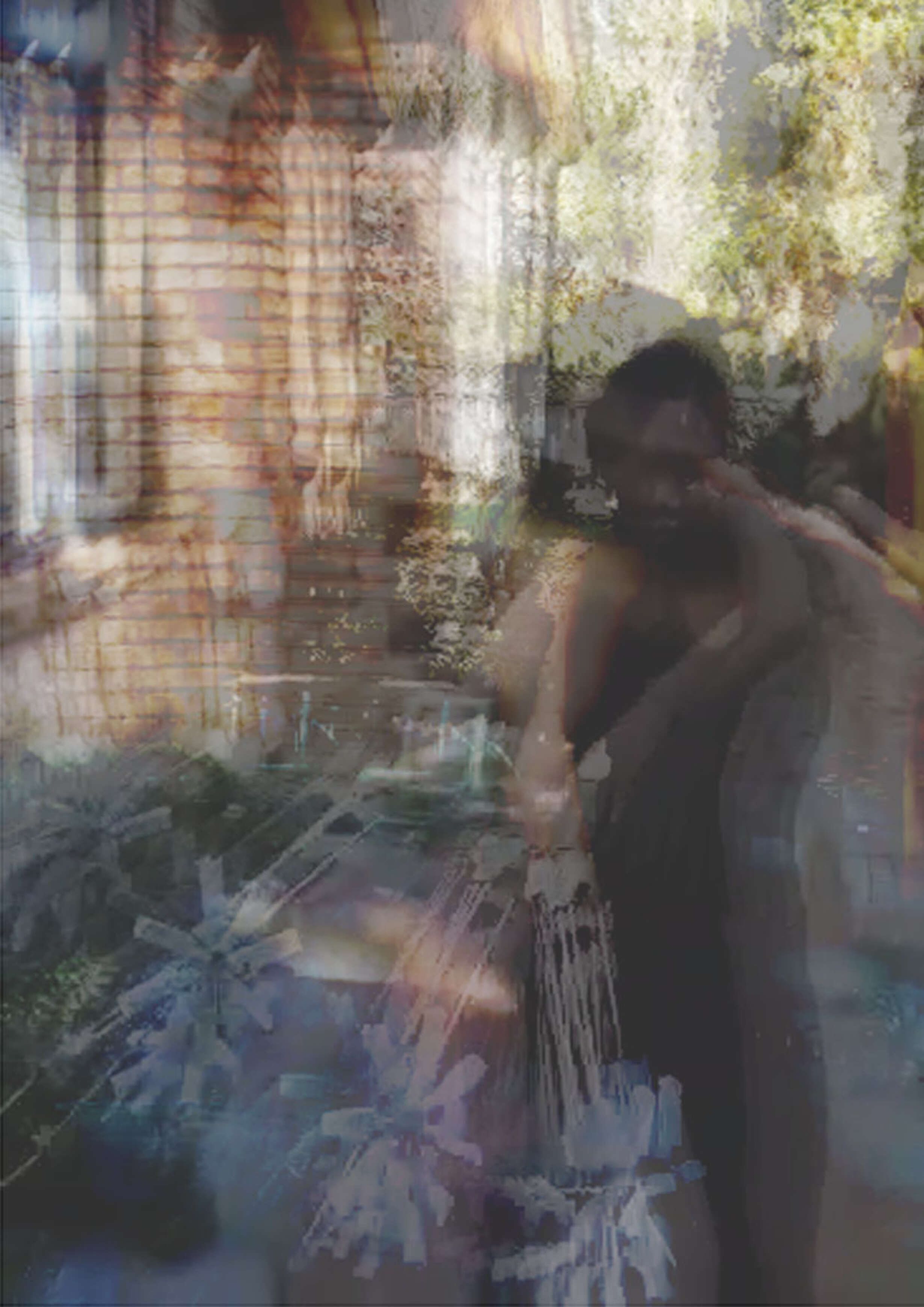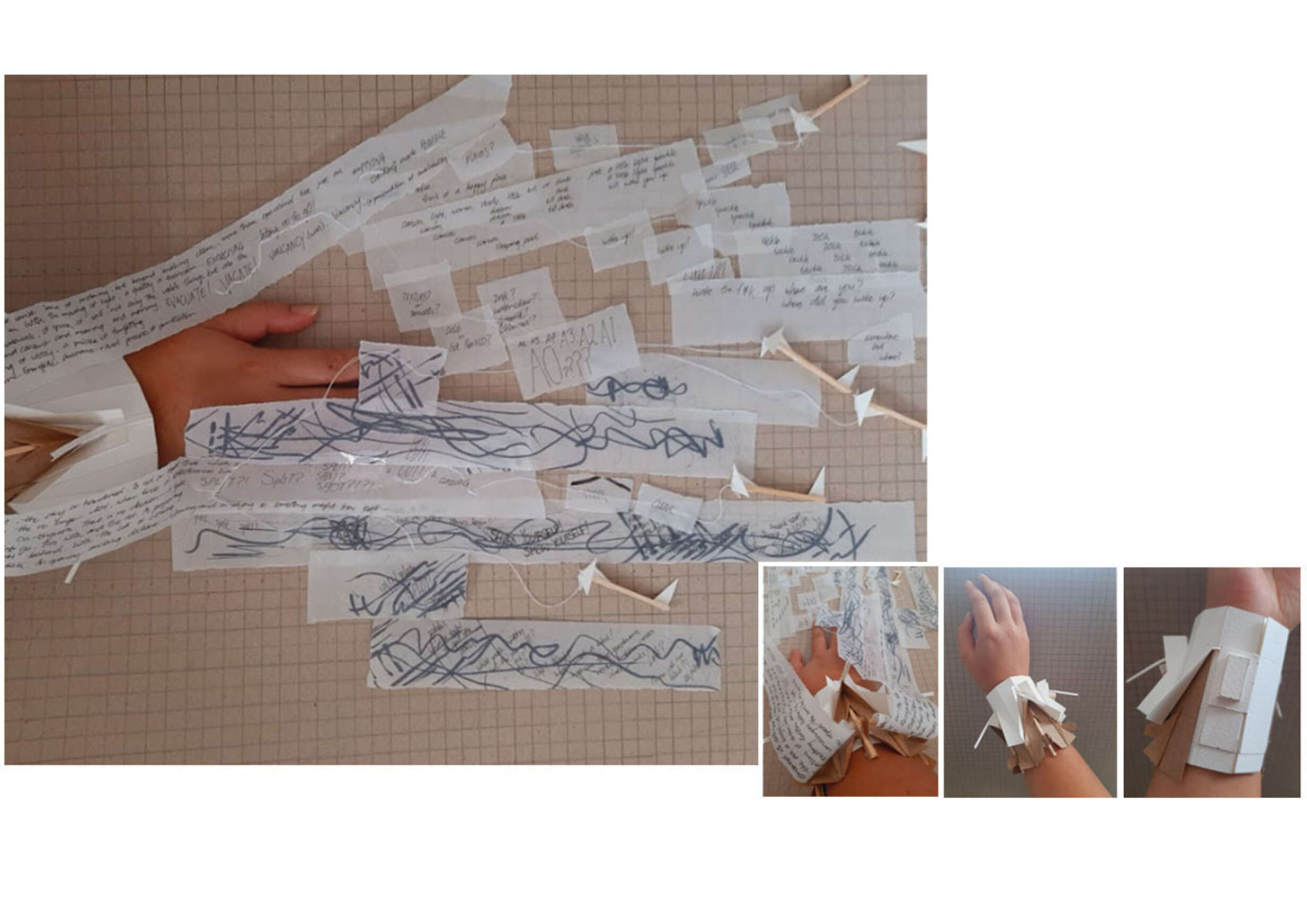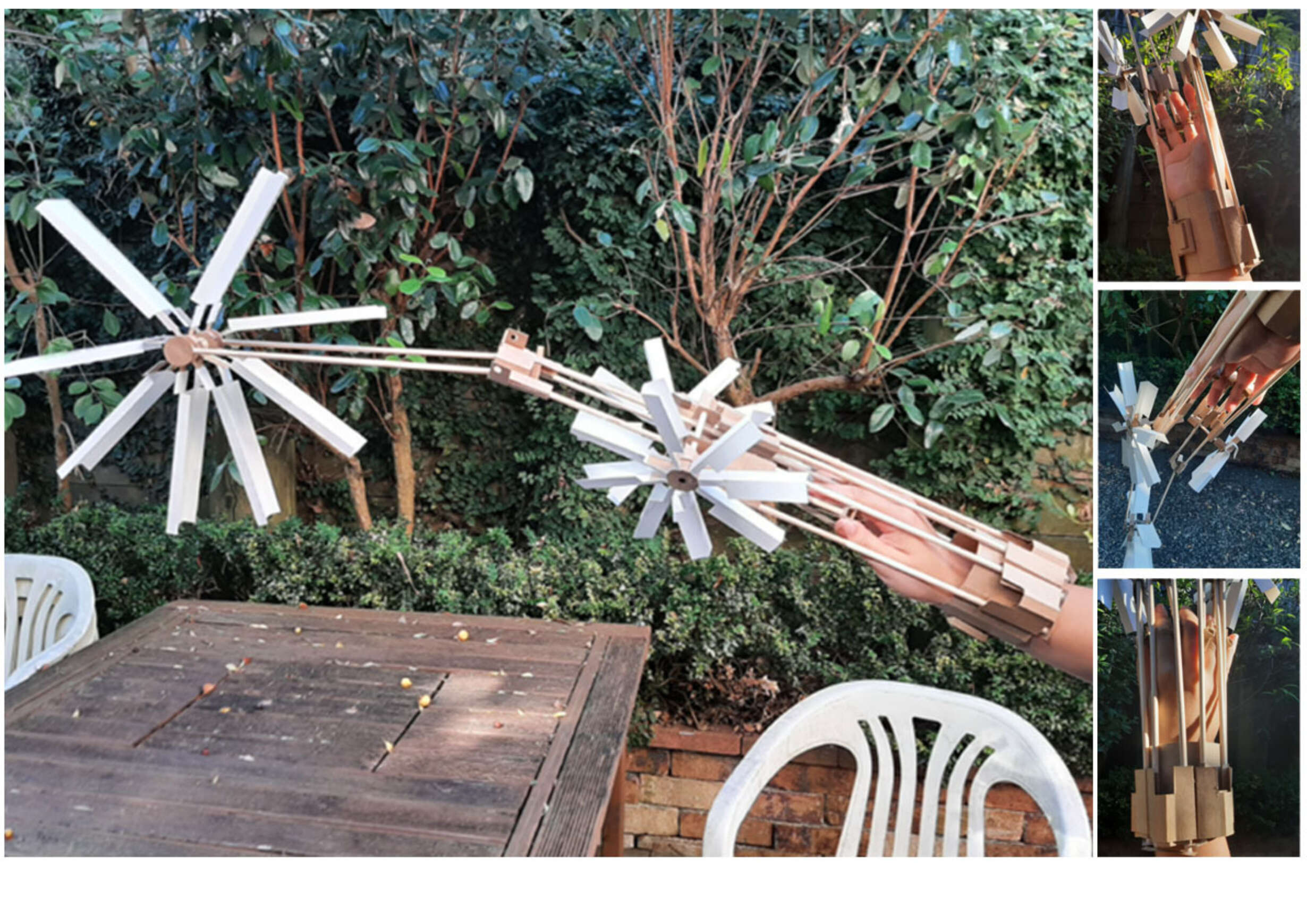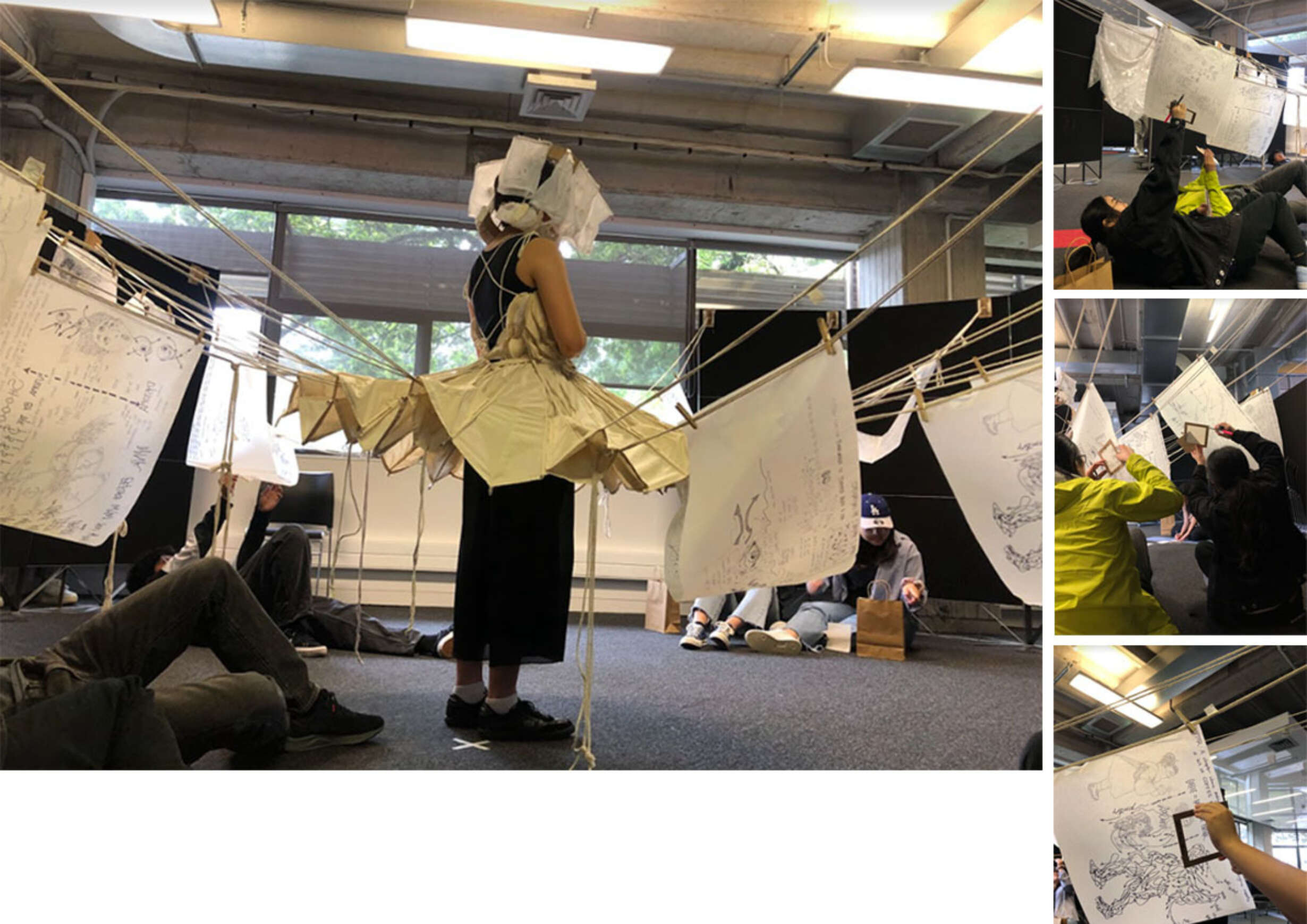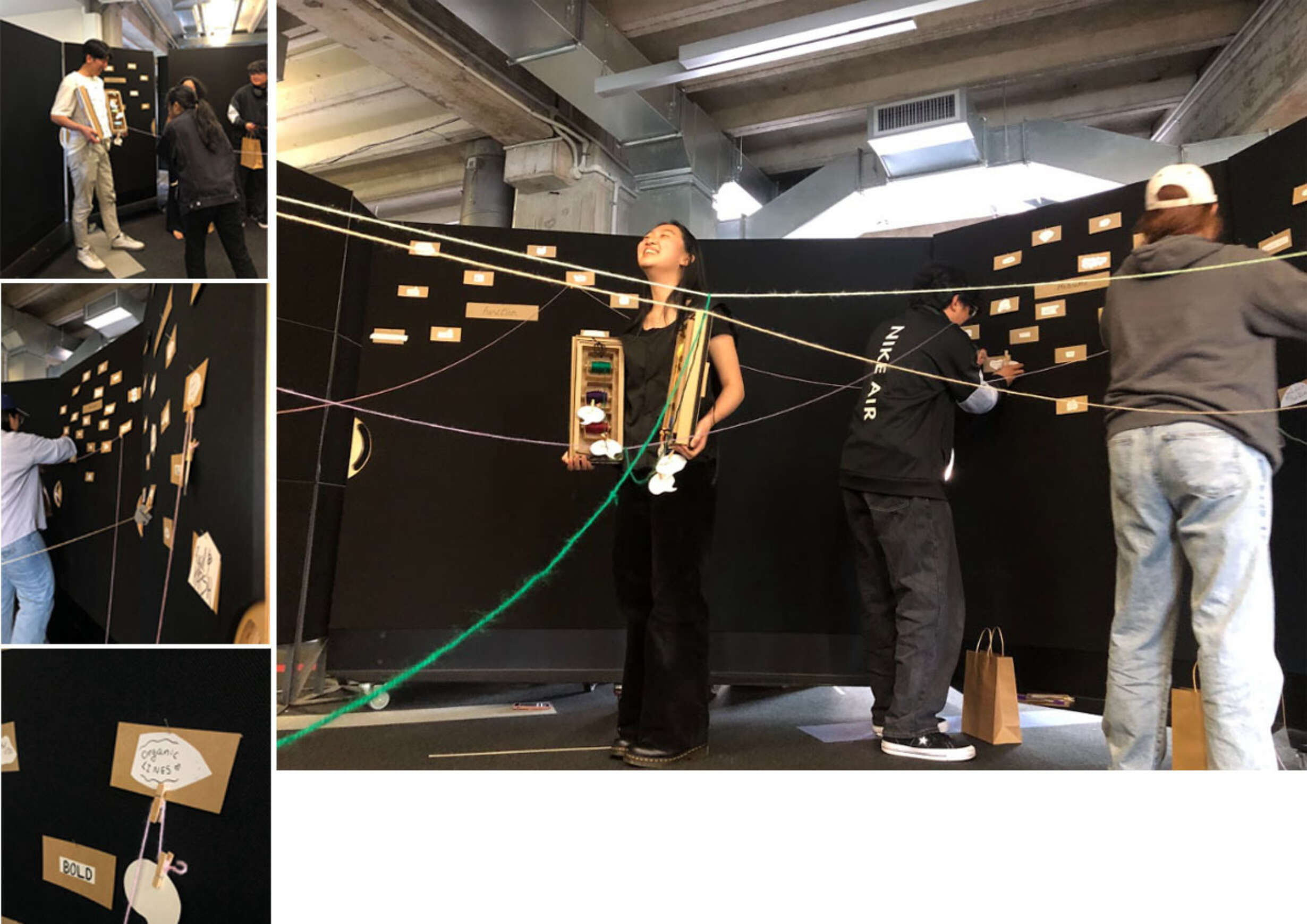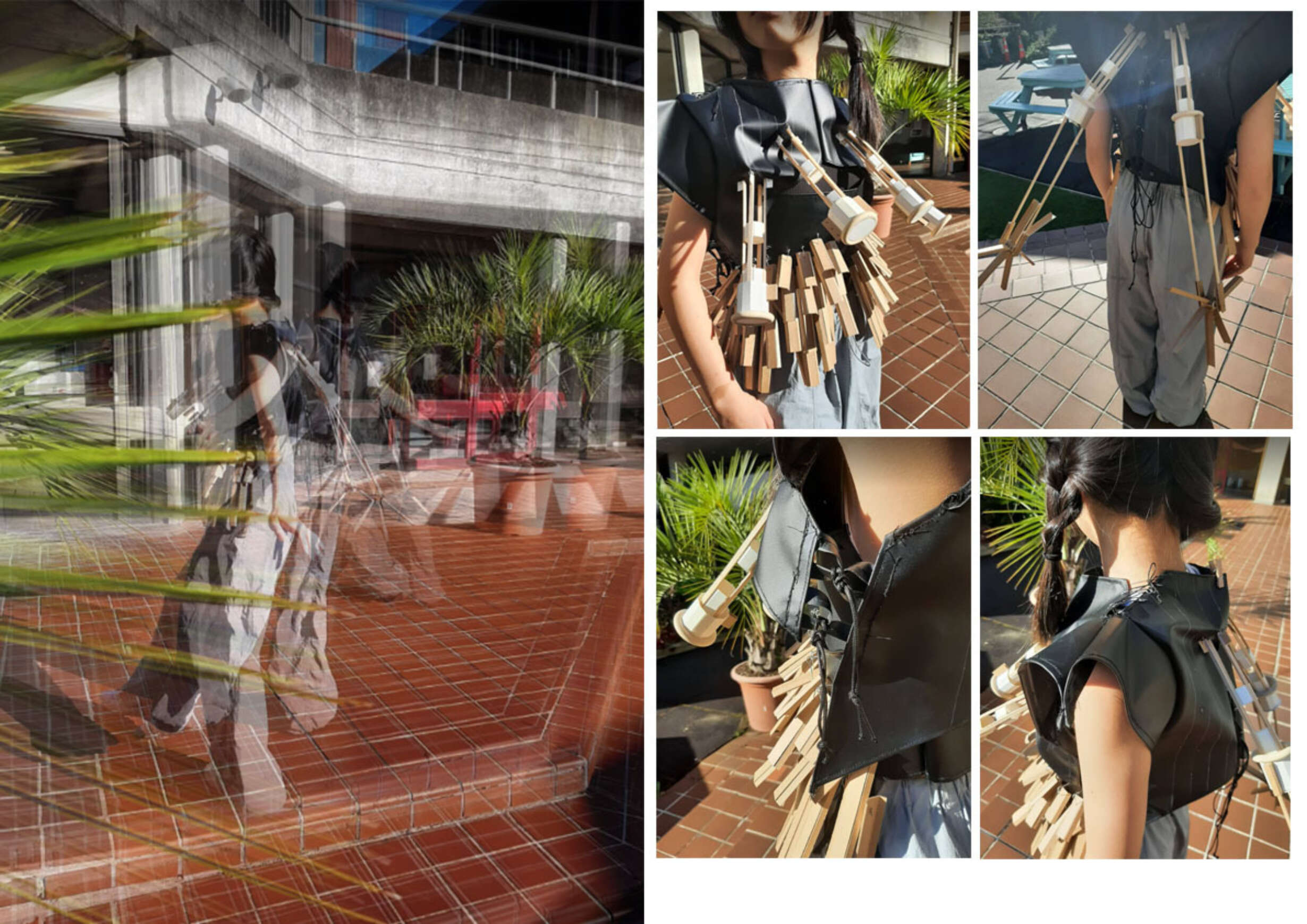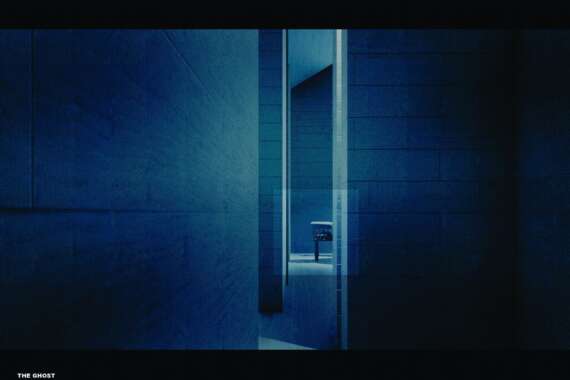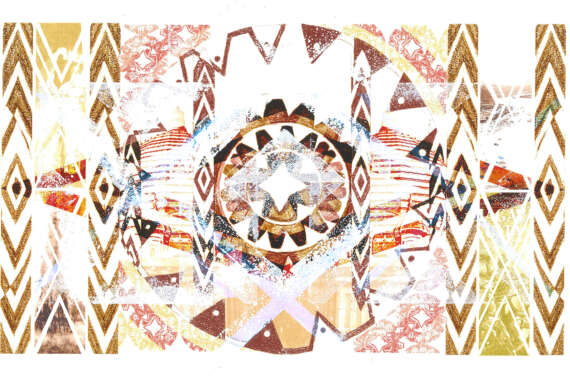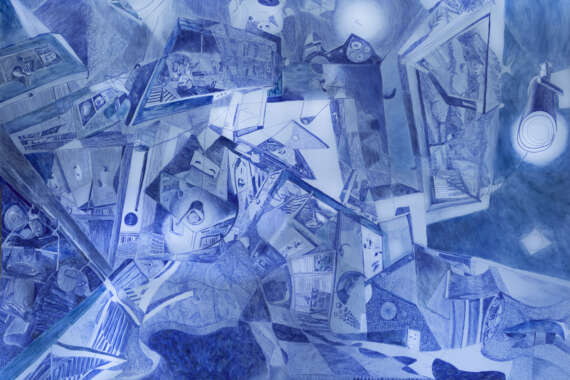The Learning Anatomy: A Performative School of Architectural Bodies
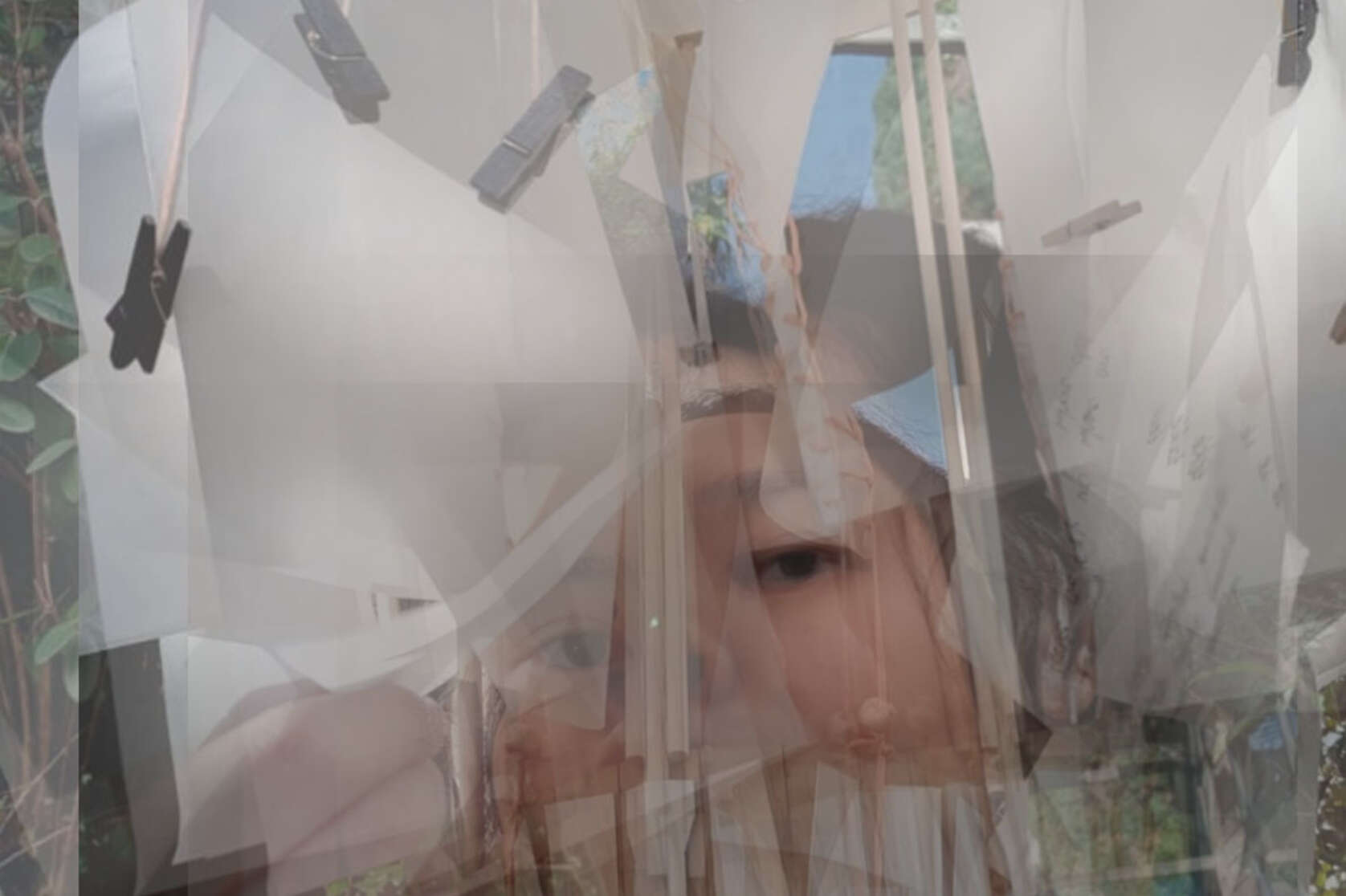
Forming the narrative of a design process is an invisible but vital skill in architectural pedagogy.
Gestural stages from ideation to refinement enable architecture students to communicate the development of their design ideas. However, these intricacies of structuring a design process are not often explored in architectural design. The focus on executing a design outcome limits the student from embodying the rigour of their thinking in their final presentations.
The Learning Anatomy aims to project the thinking process of design through the moving body of an architecture student and use its performance to construct a series of immersive classrooms that form an alternative architecture school, reviving the importance of the design process.







